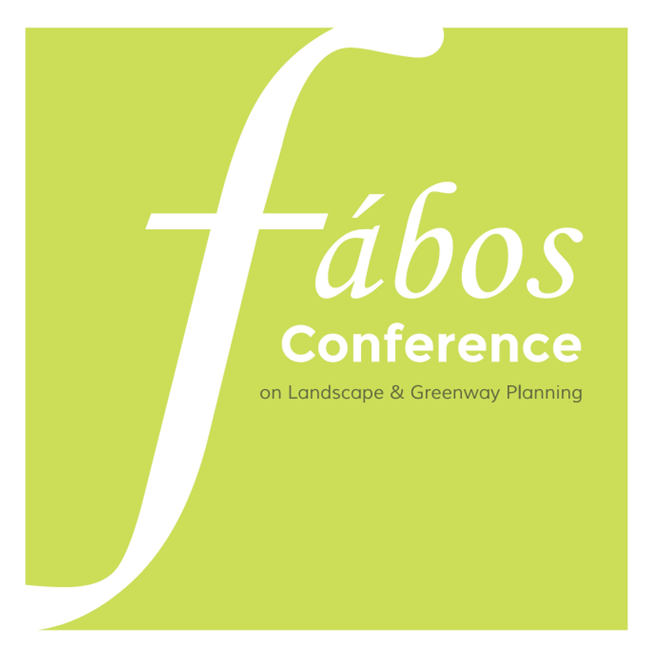The Role of Open Space on the Campus of Hokkaido University in Japan and the Issues of Its Management
Abstract
Open space on university campuses serves as architectural exterior space and contributes to the relaxation and restoration of the university's employees and students. Biodiversity-rich open space can also be used for research and education as living laboratories. It is expected to play many roles, including biodiversity conservation in the cities and regions where the university is located and as a recreational area for citizens.
The current Sapporo campus of Hokkaido University, established in 1896 in Sapporo, Japan, is a unique oasis in the heart of a bustling city with a population of 1.9 million. Despite its urban location, it boasts a green space rich in biodiversity. In 2024, 126 hectares of the campus were registered in the International Database of Protected Areas as "Other Effective area-based Conservation Measures" (OECMs), a testament to our commitment to the international goals of the Convention on Biological Diversity. Our campus is a habitat for rare plants and animals, a harmonious blend of green spaces and historical architecture, experimental farms for agricultural research and education, and a popular recreational area for citizens and tourists.
A comprehensive campus master plan was established in 1996, outlining the long-term vision for the campus's open spaces. Biodiversity monitoring surveys have been ongoing since 2009, providing valuable data for formulating a policy to conserve biodiversity and manage green spaces on campus. This policy, formulated in 2020, outlines specific measures for maintaining and managing green spaces, such as tree care, invasive species control, and recreational use coordination. However, many issues must be addressed, such as inspection and maintenance of aging trees, compatibility with development activities on campus, control of invasive species and dangerous organisms, coordination with recreational use by citizens, and consensus building for open space management. This presentation will give a case study and report on efforts to solve these issues and improve the attractiveness of open green spaces on university campuses.
Keywords: university campus, biodiversity, open space, campus master plan
How to Cite:
Aikoh, T., Kitaoka, S. & Matsushima, H., (2025) “The Role of Open Space on the Campus of Hokkaido University in Japan and the Issues of Its Management”, Fábos Conference on Landscape and Greenway Planning 8(1). doi: https://doi.org/10.7275/fabos.2433
760 Views
122 Downloads
